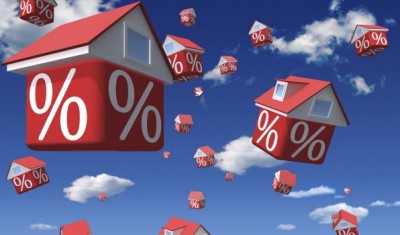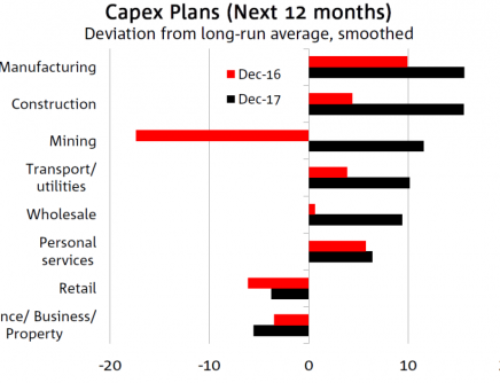Australian’s record run of low interest is allegedly over and rates are most likely to increase in the new year even if the Reserve Bank officially has it on hold. Australians should get ready for rates to rise in 2017 to cool the hot property market.
The Australian property market has seen steady increases of around 3% per annum since the 1970s. Since the 1990s, however, prices have risen by around 6% per annum.
In the late 2000s, house prices in Australia, relative to incomes, were at levels similar to many comparable countries which led to believe that Australia was experiencing a real estate bubble like other comparable countries. Unfortunately, other comparable countries have experienced property crashes since then.
In June 2016, the Organisation for Economic Co-operation and Development (OECD) announced that Australia’s housing boom could end in ‘dramatic and destabilizing’ real estate hard landing.
A property bubble is normally characterized by a rapid rise in market prices of the property until they reach unsustainable levels relative to incomes and rents and then decrease. Therefore, the OECD has recommended that the RBA consider lifting interest rates in 2017 to avoid a bubble in the housing markets, according to The Australian Financial Review.
The Big Four Banks Set to Raise Interest Rates
The Big Four banks, NAB, Commonwealth Bank, ANZ, and Westpac have all signaled a move to out-of-cycle interest rate rises. They have already started moving fixed rates higher, with Westpac the first major bank to move. NAB became the last of the Big Four banks to confirm the record low interest rate run was at an end. Commonwealth Bank having made its views known last Friday and ANZ tweaking its offering since October last year when all banks moved on residential investors.
NAB chief operating officer Antony Cahill stated: “We don’t make these decisions lightly, and these changes reflect the increasingly challenging environment we are currently operating in.”
“A low-rate environment poses considerable challenges to all lenders, and we must respond to what is happening in the economy and the market.”
NAB announced that variable rates on new and existing residential investor home loans will increase by 0.15 per cent per annum to 5.55 per cent from next Monday, but will keep its variable rate for owner occupiers at 5.25 per cent.
Now could be a good time to lock in a fixed-rate for mortgages so that repayments can be kept to a minimum, however, that means that there won’t be any benefits should rates begin to fall lower than the secured rate.



